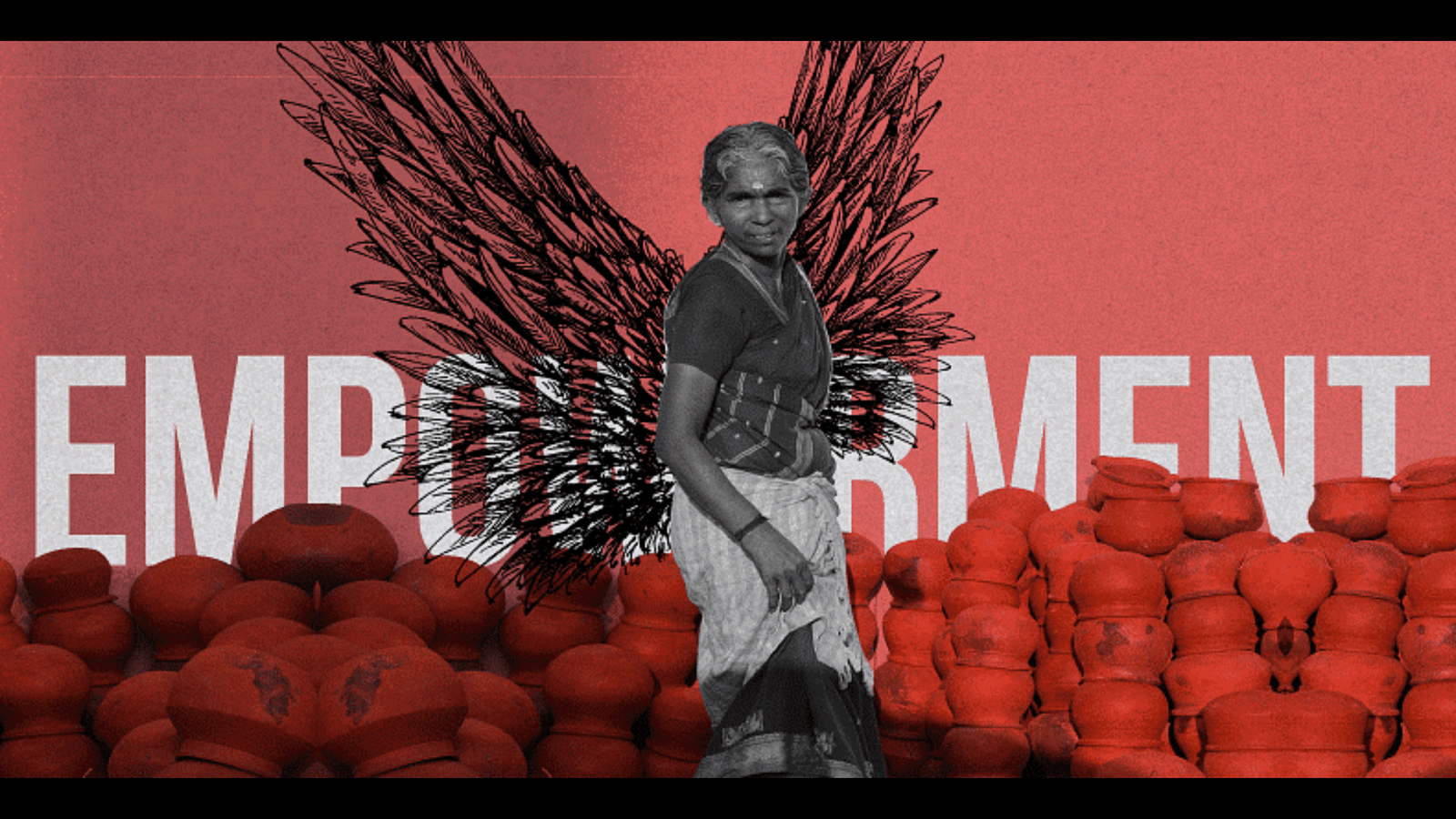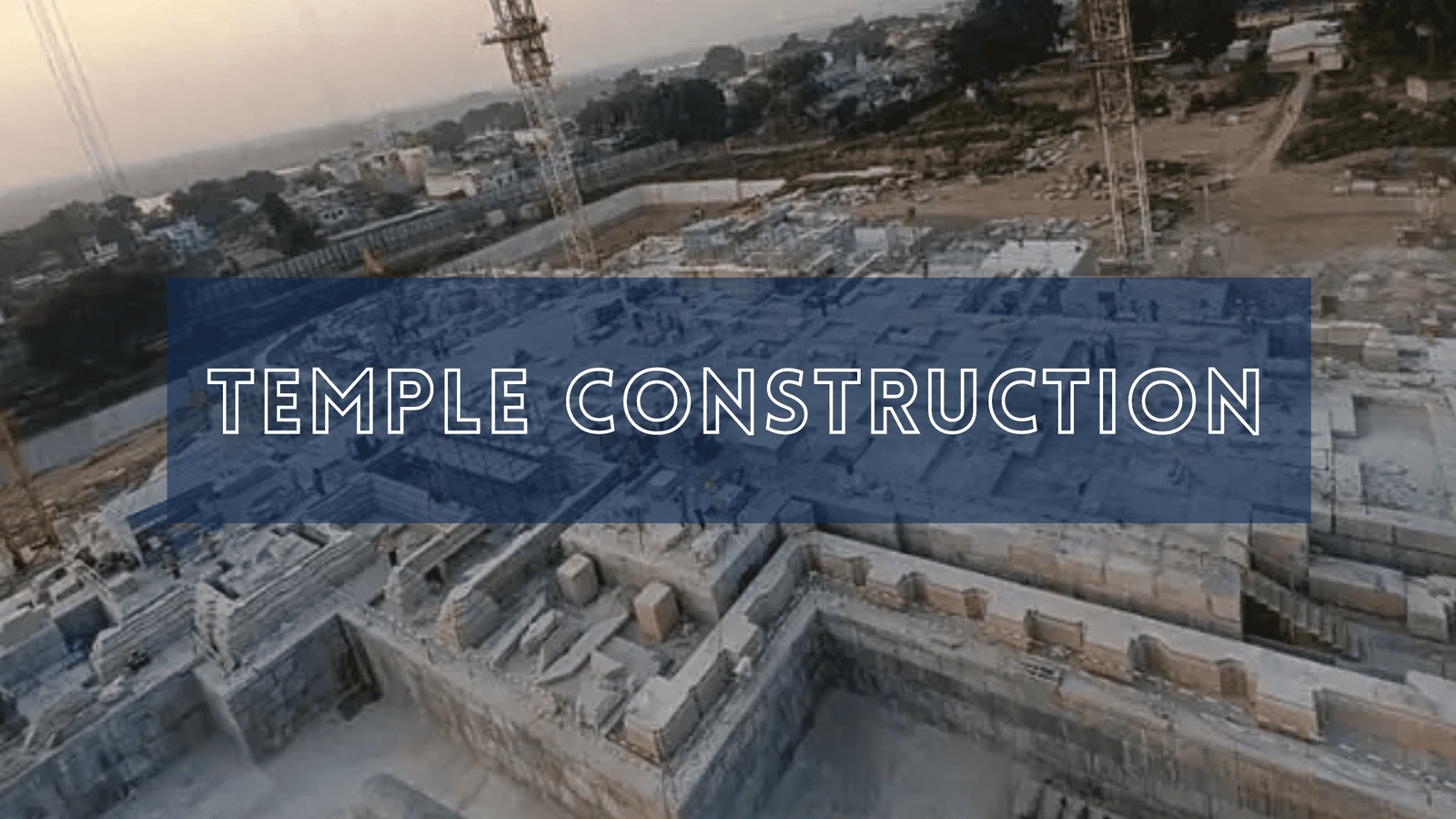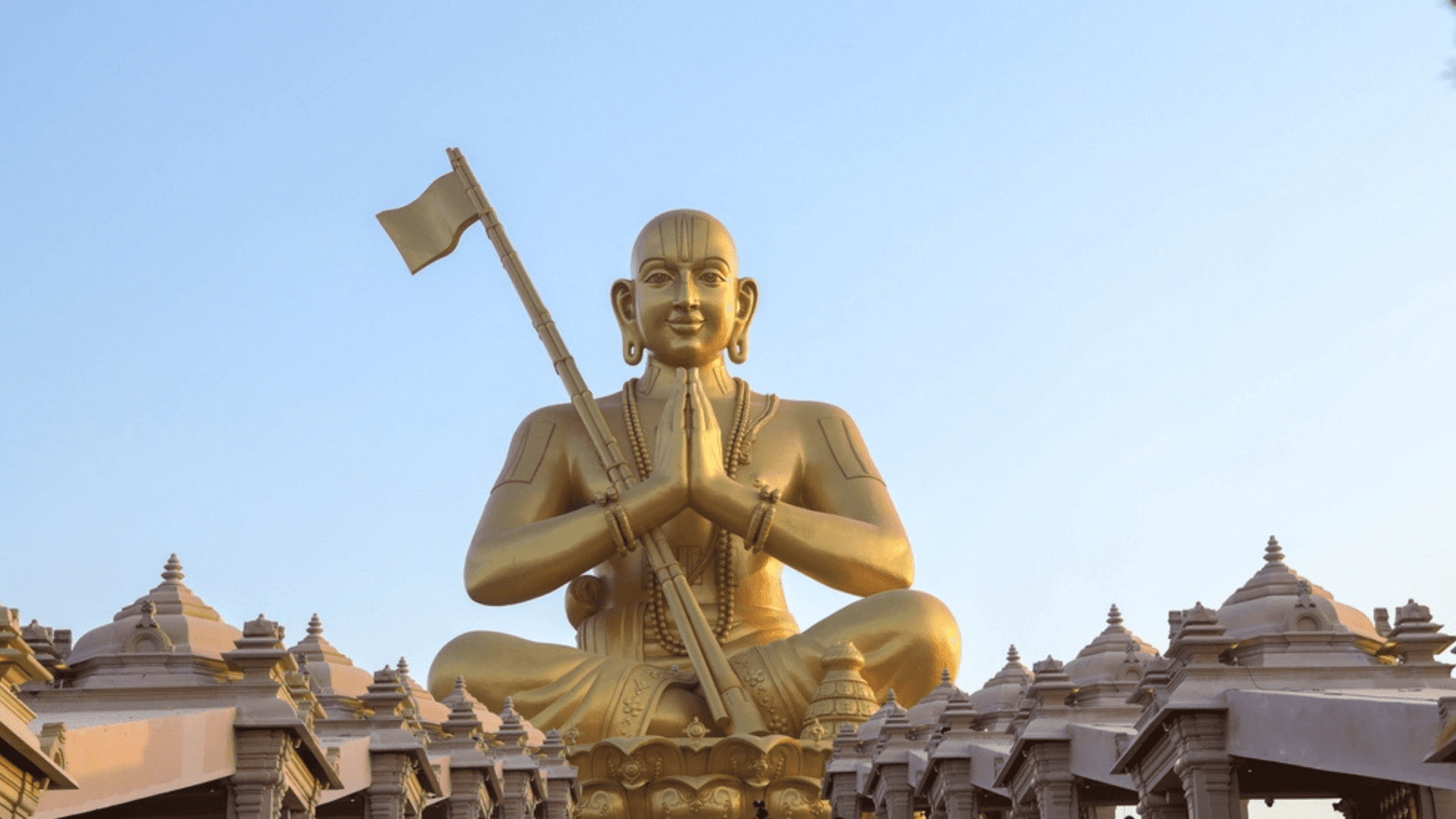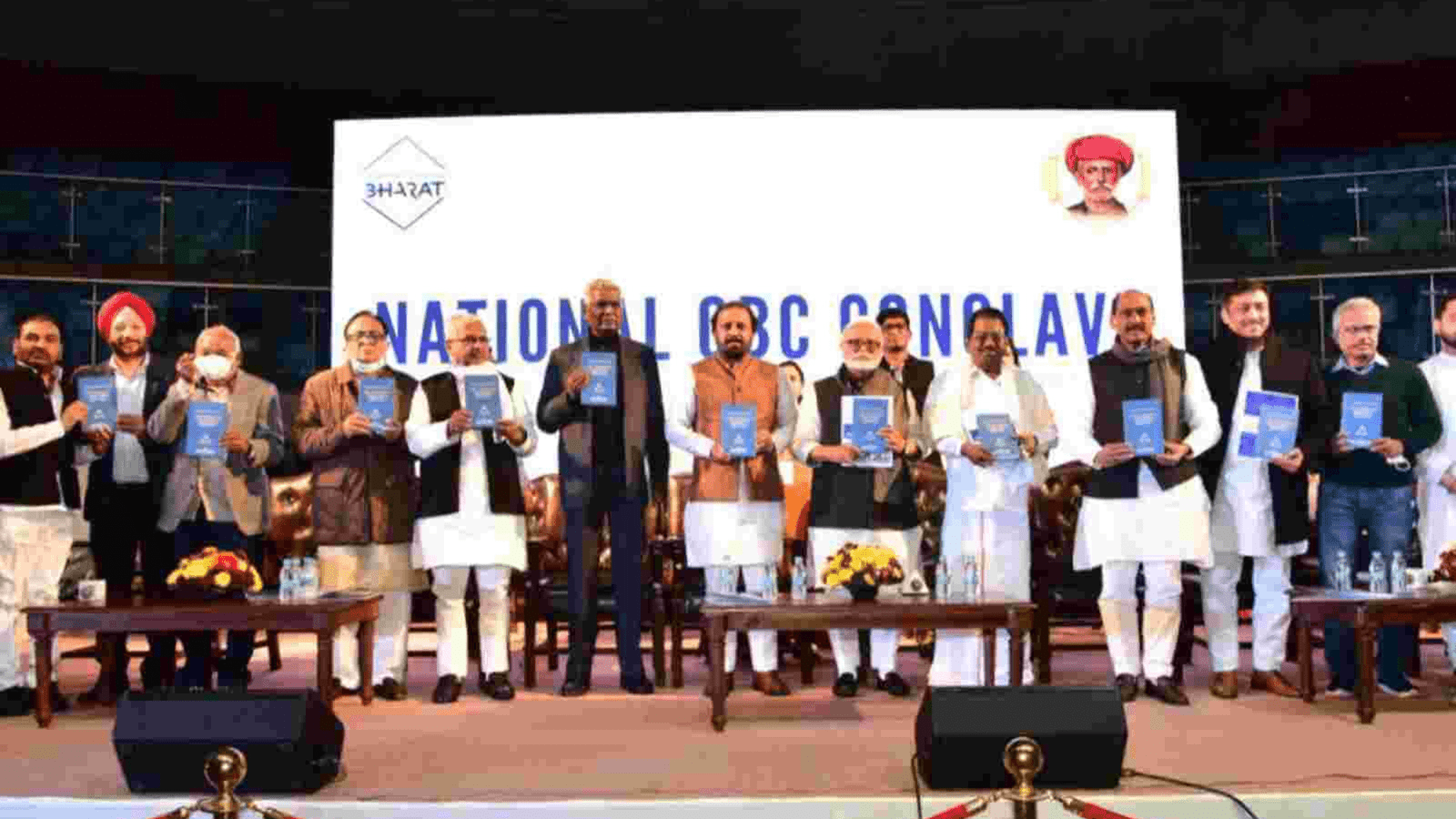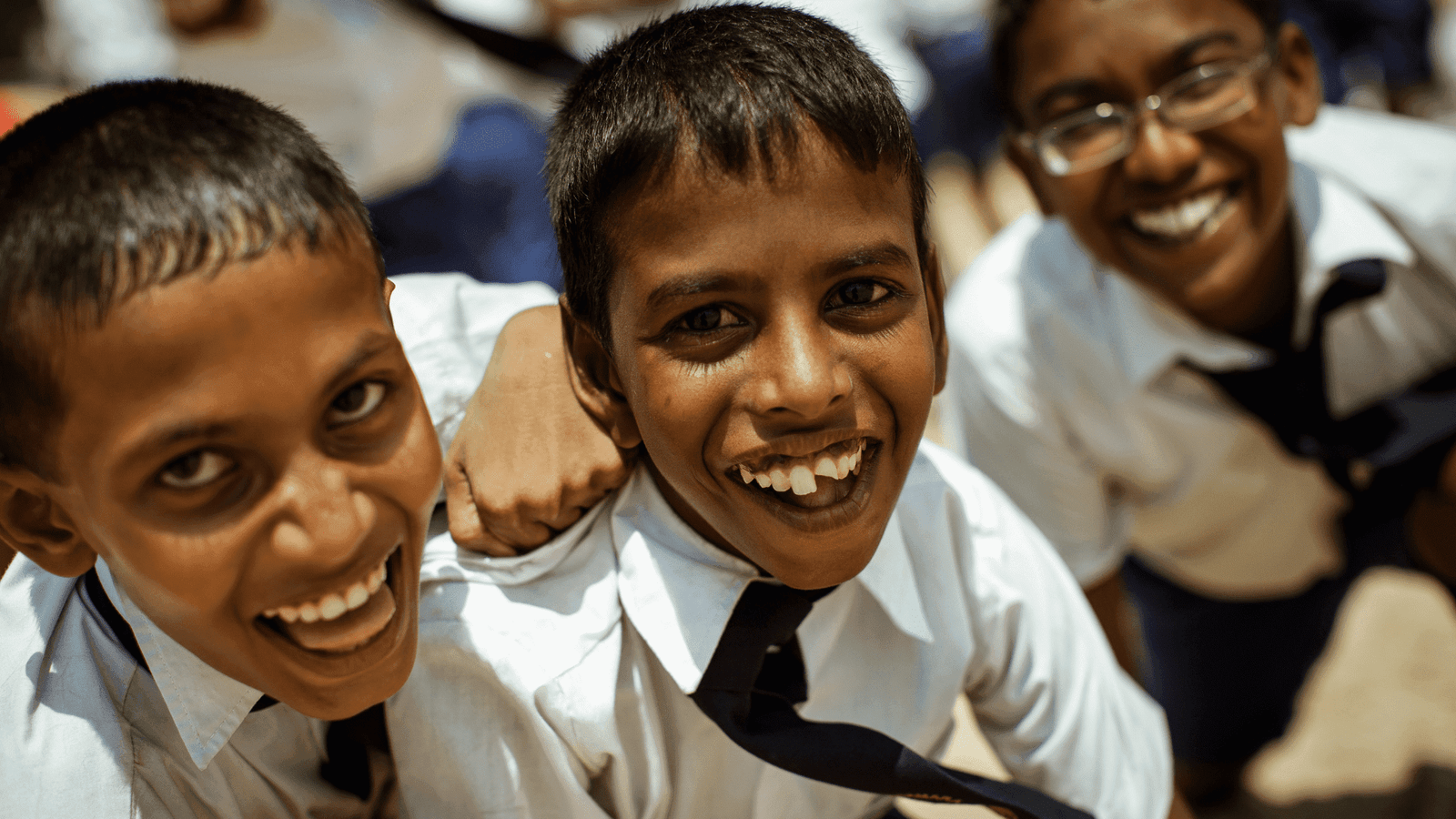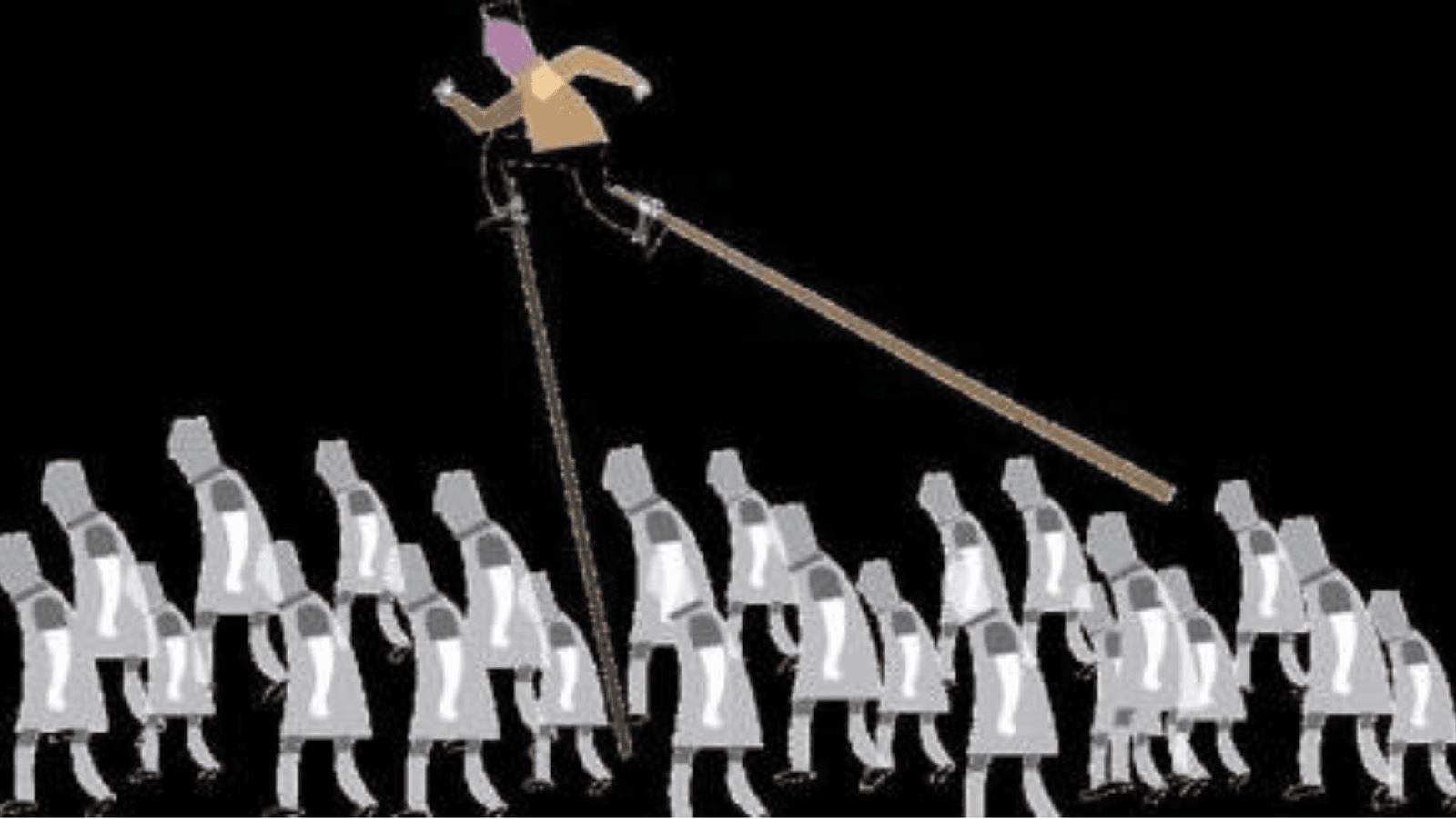
Manipur, a northeastern state in India, has been grappling with ethnic conflict for decades, making it a significant site for sociological inquiry. This article delves into the sociological dimensions of ethnic conflict in Manipur, exploring the terminologies, theories, and concepts used to understand the root causes, dynamics, and consequences of these conflicts. By drawing upon the perspectives of Indian sociologists and social scientists, along with relevant statistical data, this article aims to shed light on the intricate web of factors that shape ethnic conflict in Manipur.
The present context:
Violence in Manipur has been triggered by the Manipur High Court's direction to grant Scheduled Tribe (ST) status to the non-tribal Meitei community, resulting in violent communal clashes. The All-Tribal Student Union Manipur organized a "tribal solidarity rally" opposing the inclusion of the Meiteis in the ST list, further escalating tensions.
Manipur can be likened to a football stadium, with the Imphal Valley at the center, dominated by the Meitei who constitute over 64% of the State's population and hold 40 out of 60 seats in the Assembly. On the other hand, the surrounding hills, comprising 90% of the state's area, are inhabited by more than 35% recognized tribes, including the Kuki community, but only have 20 seats in the Assembly.
The Meitei argument for demanding ST status is rooted in preserving their community, ancestral land, traditions, culture, and language. They have seen a decline in their population share and express concerns about demographic change and marginalization in their own land.
However, tribal groups, particularly the Kuki community, oppose granting ST status to the Meiteis, fearing loss of job opportunities and land acquisition in the hills, which could lead to their displacement. They point out that despite their significant geographical area, development focus has largely been on the Meitei-dominated Imphal Valley.
Recent unrest in Manipur has been triggered by issues such as the forest eviction and demands for ST status for Meiteis. However, underlying tensions between the Meiteis and tribal groups, particularly the Kuki community, have existed for years, stemming from historical ethnic differences and political representation disparities.
Defining Ethnic Conflict in Manipur:
Ethnic conflict in Manipur is characterized by tensions and hostilities between various ethnic groups residing in the state. The population is diverse, comprising multiple ethnicities, including the Meiteis, Nagas, Kukis, and others, each with distinct cultural, historical, and political identities. The conflicts often revolve around issues of land rights, political representation, identity, and resource distribution.
Understanding Ethnic Conflict from a Sociological Perspective:
Sociologists analyze ethnic conflict through various theoretical frameworks, such as identity politics, structural violence, and resource mobilization theory. These concepts help unveil the underlying social and political dynamics that fuel ethnic tensions in Manipur.
Identity Politics: Ethnic conflict in Manipur is deeply intertwined with identity politics, where ethnic groups mobilize around their distinct cultural and historical identities to assert their rights and interests. The competition for recognition, representation, and resources can exacerbate intergroup tensions and contribute to the perpetuation of conflict.
Structural Violence: The concept of structural violence highlights how social, political, and economic systems can perpetuate harm and inequality. In Manipur, historical injustices, unequal resource distribution, and exclusionary policies have contributed to a sense of marginalization and grievances among certain ethnic groups, fueling ethnic conflict.
>Resource Mobilization Theory: > This theory examines how social movements and conflicts emerge and mobilize resources, including human, material, and symbolic capital. In Manipur, ethnic groups may mobilize support and resources to advance their demands for political rights, cultural preservation, and socioeconomic development.
Perspectives from Indian Sociologists:
Indian sociologists have made significant contributions to the understanding of ethnic conflict in Manipur. Sanjib Baruah, in his work "Durable Disorder: Understanding the Politics of Northeast India", provides a comprehensive analysis of the complex sociopolitical dynamics in the northeastern region, including Manipur. Baruah emphasizes the need for addressing historical injustices and power imbalances to address ethnic conflicts effectively.
Experiences and Consequences:
Ethnic conflict in Manipur has had profound social, economic, and political consequences. It has resulted in loss of lives, displacement of communities, and disruption of social fabric. Educational opportunities, healthcare access, and economic development have been hindered, exacerbating existing inequalities and challenges faced by marginalized communities.
Data from the South Asian Terrorism Portal indicates that the state witnessed numerous incidents of violence and casualties related to ethnic conflict in the past decade.
The Government of India has undertaken various policy initiatives to address the challenges posed by ethnic conflict in the region. However, achieving lasting peace and reconciliation requires concerted efforts from both state and civil society actors, along with sensitivity to the historical, cultural, and political specificities of Manipur.
Conclusion:
Ethnic conflict in Manipur is a complex and multi-dimensional issue that necessitates a sociological lens to comprehend its root causes, dynamics, and consequences. By analyzing the perspectives of Indian sociologists, employing sociological concepts, and considering relevant statistical data, we gain a deeper understanding of the intricate web of factors contributing to ethnic conflict in Manipur. To build a more inclusive and peaceful society, there is a pressing need to address historical injustices, promote dialogue and reconciliation, and ensure equitable development for all ethnic communities in the state. Sociological research and insights play a vital role in shaping effective policies and fostering social cohesion amidst diversity in Manipur.
